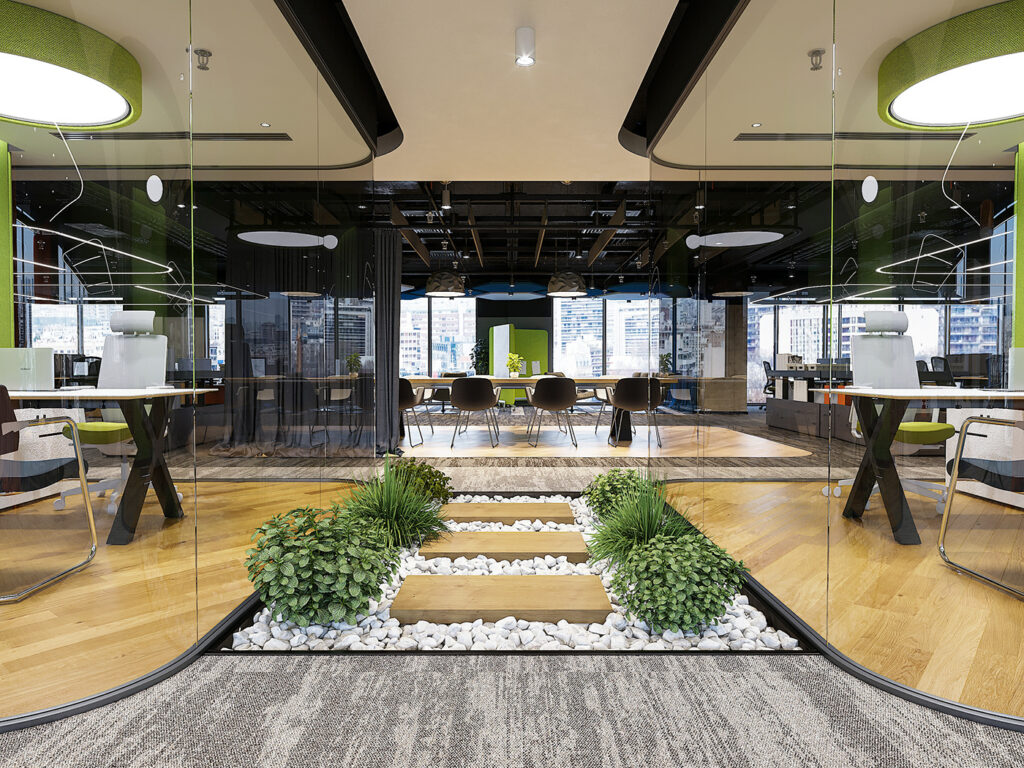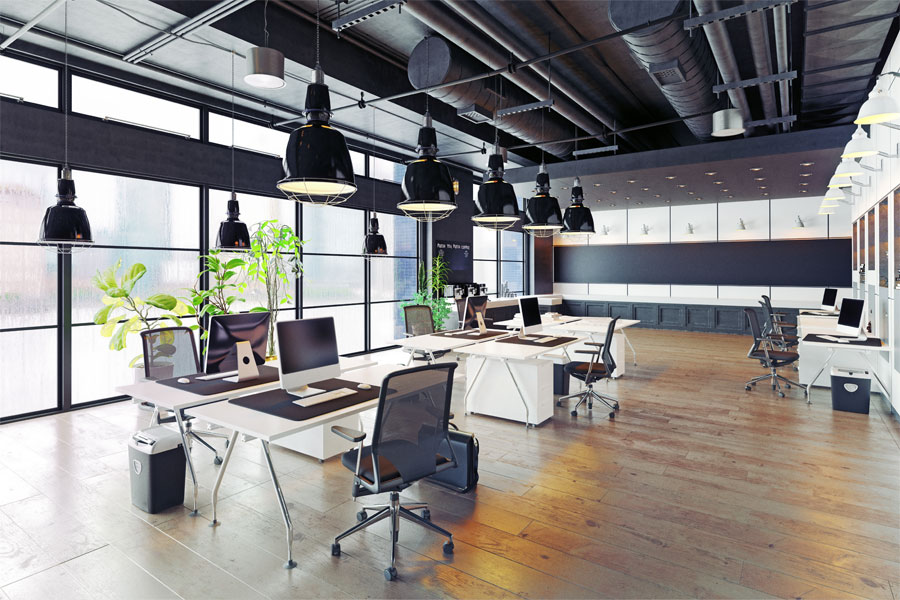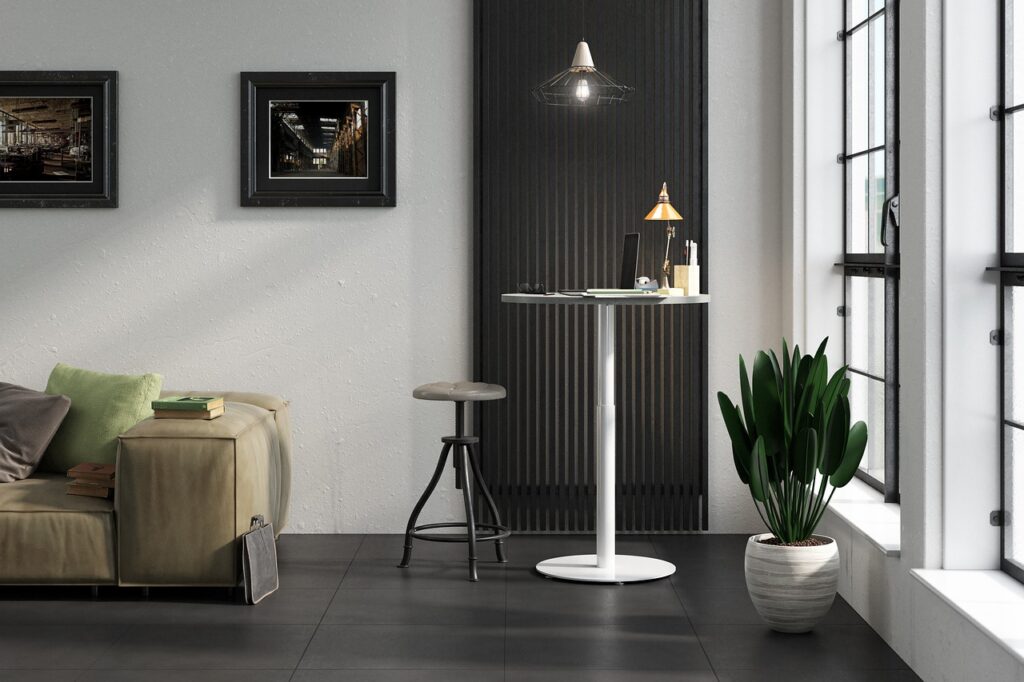In the vibrant world of commercial interior design, the heart of hospitality spaces, the hotel lobby, is undergoing a remarkable transformation. The traditional concept of a hotel lobby as a mere transitional space is evolving into something far more profound. This blog ventures into the captivating realm of reimagining hotel lobbies, exploring how these areas are becoming the social heart of modern hospitality design. From fostering community and connectivity to redefining guest experiences, the changes in hotel lobby design are shaping the essence of contemporary hospitality.
The Evolution of Hotel Lobbies:
In the past, hotel lobbies were often viewed as simple waiting areas, but today, they are seen as dynamic spaces with a distinct purpose. They now serve as the first impression of a hotel, setting the tone for the entire stay. This shift in perspective has led to innovative and ground breaking designs that prioritize both aesthetics and functionality.
Creating a Sense of Arrival:
Modern hotel lobbies aim to offer guests a memorable sense of arrival. The design plays a pivotal role in creating this experience. From grand entrances with striking artwork to soothing color palettes and ambient lighting, the goal is to evoke a feeling of warmth and welcome. The lobby, in essence, becomes an introduction to the world that the hotel represents.
The Social Hub:
Hotel lobbies are increasingly designed to be social spaces. They are envisioned as places where guests can gather, socialize, work, or simply relax. The presence of cozy seating arrangements, communal workspaces, and even art installations that inspire conversation all contribute to making the lobby a central social hub. This transformation aligns with the changing needs and desires of modern travellers who seek experiences beyond just a place to sleep.
Incorporating Technology:
Technology is an essential aspect of modern hotel lobbies. From digital check-in kiosks to interactive screens that provide local information and services, technology enhances the guest experience. It also offers a bridge between the virtual and physical worlds, catering to the expectations of tech-savvy guests.
Art and Aesthetics:
Art plays a significant role in creating a memorable ambiance in hotel lobbies. Contemporary hospitality design often features curated art collections, sculptures, and installations that add a touch of luxury and cultural depth. The visual appeal of these spaces contributes to the overall experience.
Wellness and Comfort:
The well-being of guests is a top priority in modern hotel lobbies. Ergonomically designed seating, greenery, and even spa-like elements contribute to a sense of relaxation and rejuvenation. These features resonate with the wellness-conscious traveler.
Local Flavour:
Many hotel lobbies now reflect the local culture and environment. They aim to immerse guests in the destination, whether through architectural elements, decor, or culinary offerings. This connection with the local flavor adds authenticity to the guest experience.
Conclusion:
The transformation of hotel lobbies represents a significant shift in the landscape of hospitality design. These spaces are no longer just transitional areas; they have evolved into the social heart of hotels, setting the stage for unforgettable guest experiences. As commercial interior design continues to evolve, hotel lobbies stand as a testament to the power of design in shaping the essence of modern hospitality. Whether it’s fostering connections, enhancing aesthetics, or promoting well-being, the reimagined hotel lobby is a symbol of the changing dynamics in the world of interior design.





